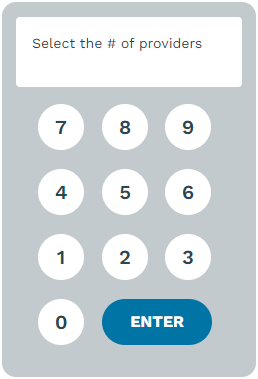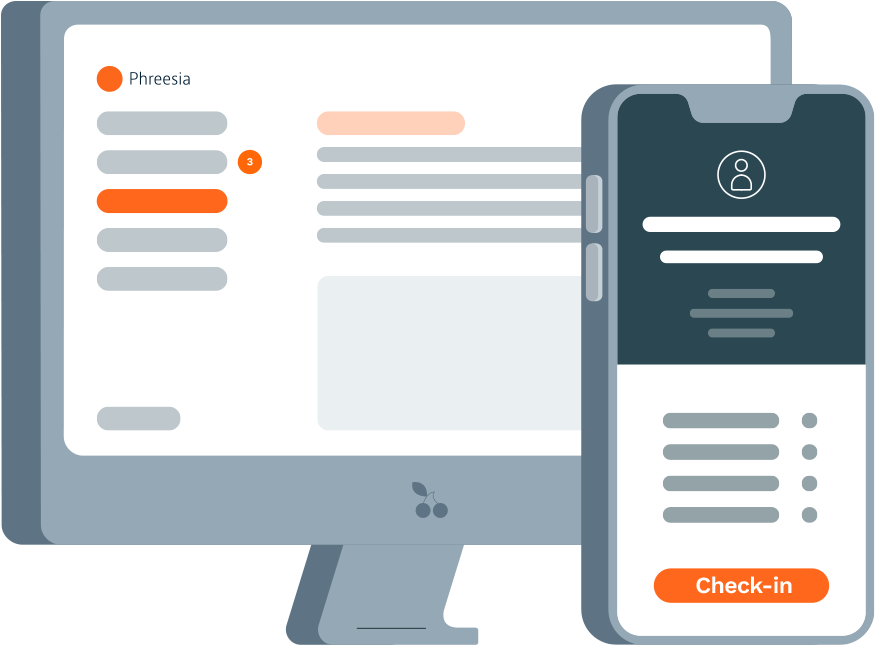Provider organizations of all sizes are investing more heavily in healthcare technology—and it’s easy to see why. Amid economic volatility, a worsening staffing crisis and continued reimbursement pressures, most healthcare organizations are operating on razor-thin margins. These challenges have ushered in a wave of digital solutions to boost productivity, improve profitability and ameliorate staff burnout.
But as healthcare organizations ramp up their software investments, they’re often faced with choice overload. The health-tech industry is saturated with vendors offering competing products and services, most of which promise similar results. How can healthcare organizations assess their options before investing to ensure they’ll get their money’s worth?
While there isn’t a one-size-fits-all solution, there are a few key steps healthcare organizations can take to inform which vendors they choose and maximize their ROI. Here’s how you can vet digital tools before opening your checkbook—and feel confident in knowing they’ll deliver the results you’re looking for.
Step 1: Determine your biggest challenges.
Before exploring healthcare technologies and vendors, it’s important to know which problems you want to solve. Are staffing shortages driving high turnover rates and unexpected hiring expenses? Are no-shows and cancellations causing missed revenue opportunities? Is your monthly balance sheet bogged down by unpaid copays and balances?
Be sure to involve staff in the evaluation process, and work with them to create a list of your organization’s pain points. When it’s time to start vetting potential technology vendors, you can use those insights to narrow your search—and ensure you’re only looking for solutions that align with your organization’s immediate and near-term priorities.
Step 2: Calculate your potential savings.
Now that you’ve determined which challenges to address, it’s time to start analyzing potential solutions to see if they’re worth the investment.
Let’s assume, for example, that your organization struggles with a high rate of last-minute cancellations. You know they hurt revenue, but you don’t know how much. You find a vendor that offers end-to-end scheduling to automatically fill same-day open slots, but you’re not sure whether it will move the needle—or whether the benefits of the software will offset the cost of using it.
With an online ROI calculator, you can enter the information you already know—such as your current no-show rate, typical visit volume and average dollar value of a visit—to get an estimate of how much money you could save by investing in automated scheduling tools. Then, you can ask the vendor about their pricing options to ensure the benefits outweigh the costs before engaging further.
Step 3: Ask for aggregate results.
By this point, you’re probably in talks with one or more potential vendors. You understand the type of software you want, and you have an estimate of how much money you could save. But how do you know whether your projected cost-savings are realistic?
Don’t feel pressured into making a snap decision. Instead, ask vendors to disclose the results their clients have seen. You could request insights from their full client base, or from a segment of customers that share your size, specialty, location or patient demographic. Take note of those numbers to approximate the ROI you should expect to see.
If there are other factors you’d like to analyze, consider asking for:
- Details about the vendor, including how long they’ve been in business, the range of solutions they offer, how many clients they have and the types of organizations they work with.
- A reference call with a customer so you can have a candid, 1:1 conversation about their experiences with the vendor and its products.
- Testimonials from current clients to learn what they have to say about the vendor and the results they’ve seen to date.
Step 4: Request a free trial.
Before signing a contract, it’s important to gain firsthand experience with the technology you plan to purchase. That’s why you should ask your potential vendor for a free trial with no upfront fees for software, training or implementation.
With a trial period, you can avoid making a financial commitment until you’ve seen the technology in action and had time to analyze whether it’s driving the returns you need. Better yet, you can holistically assess the software to see how staff respond to it, learn whether patients are comfortable using it and understand how it integrates with your PM/EHR system to make your workflows more efficient.
Ready to maximize your ROI? Use our calculators to see how much you can save with Phreesia.






